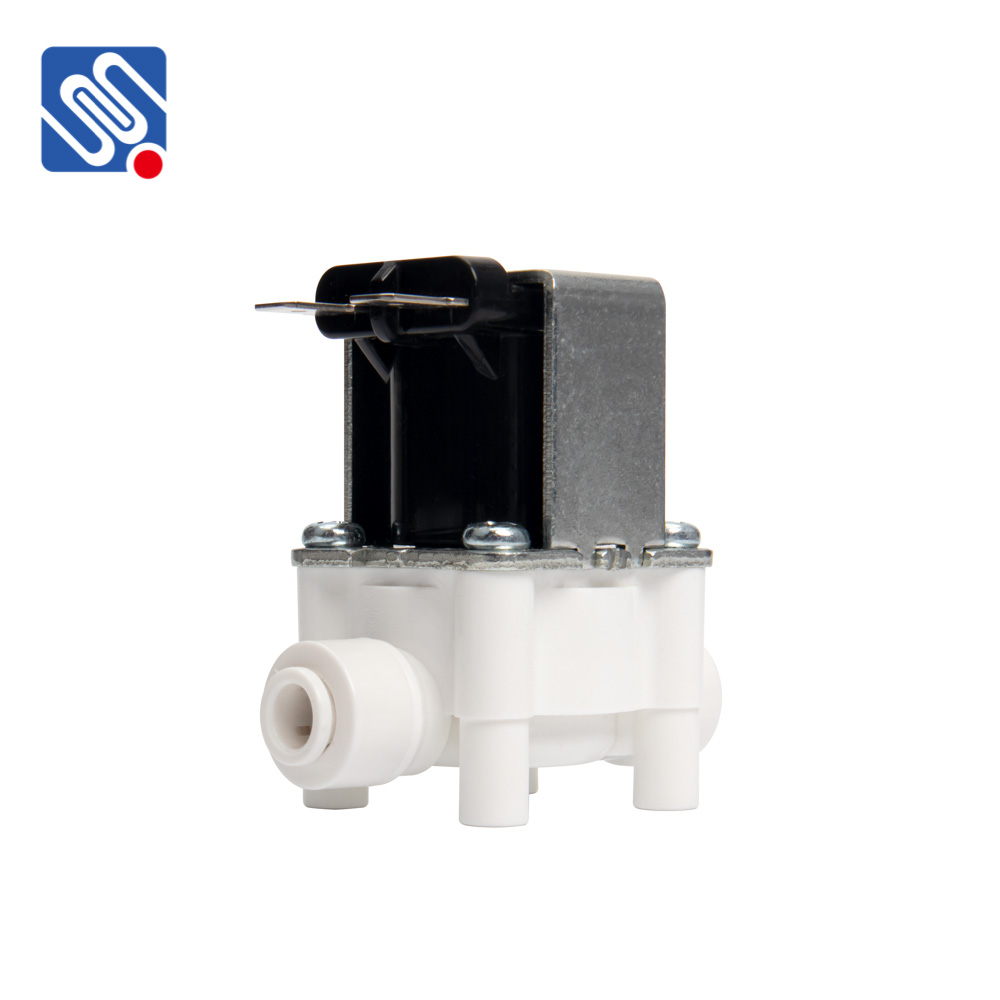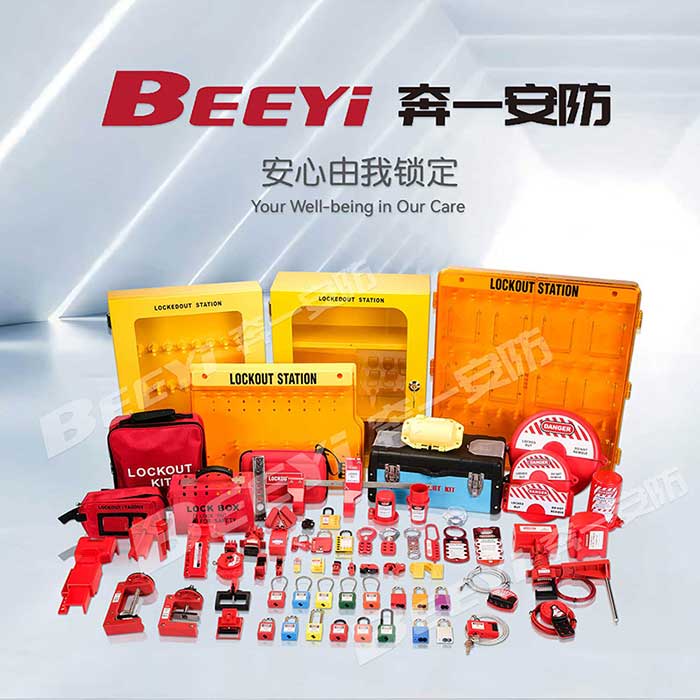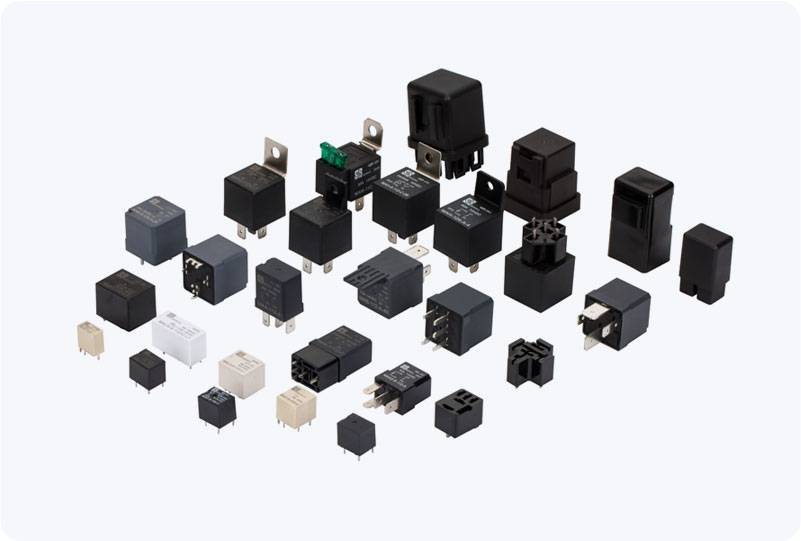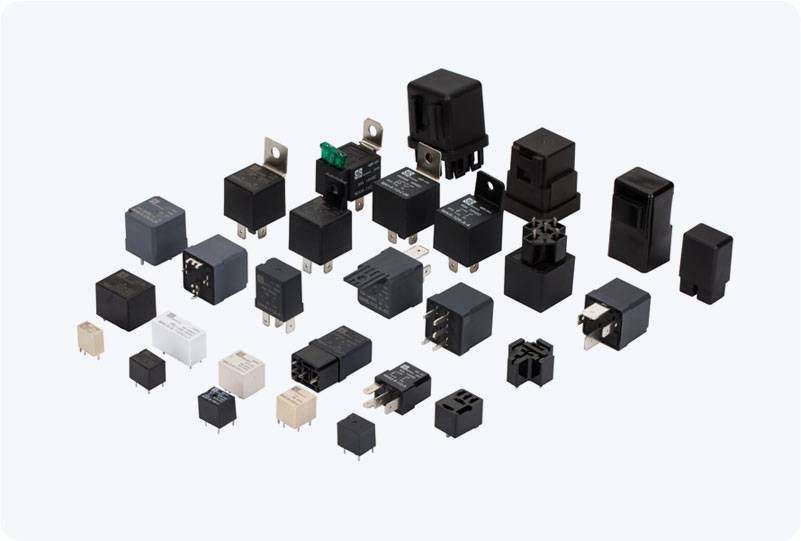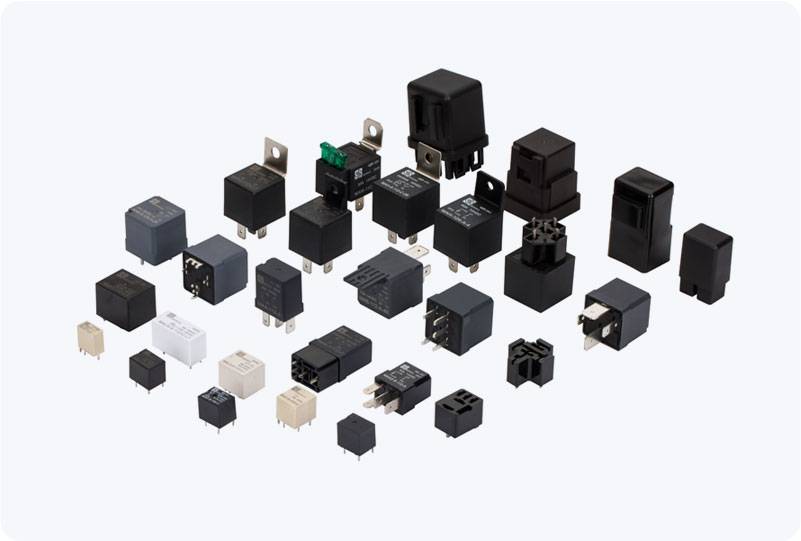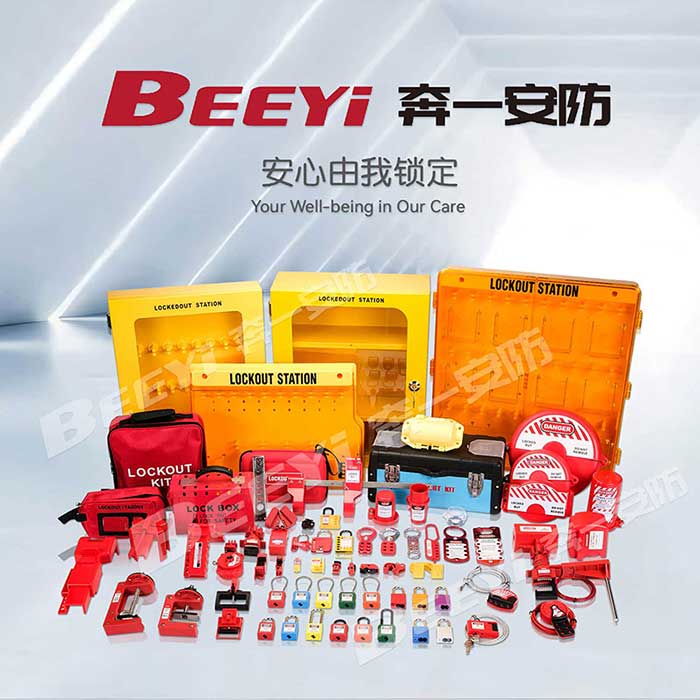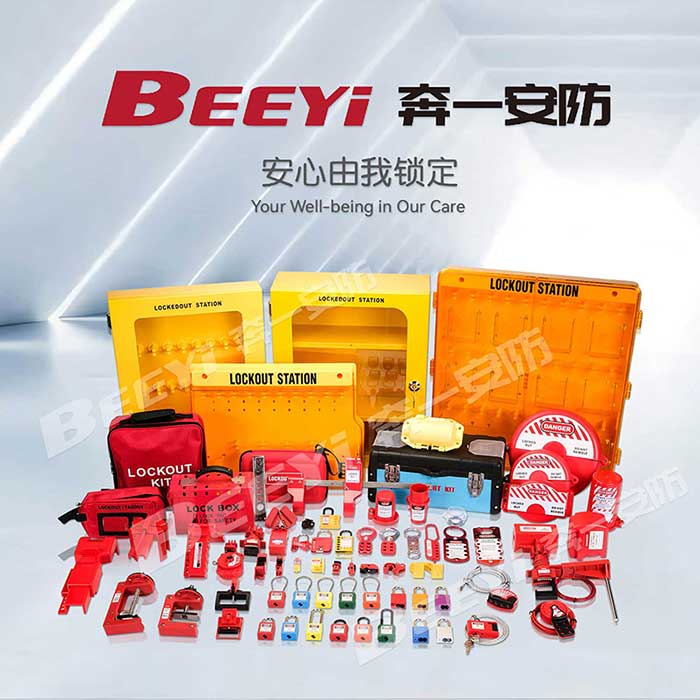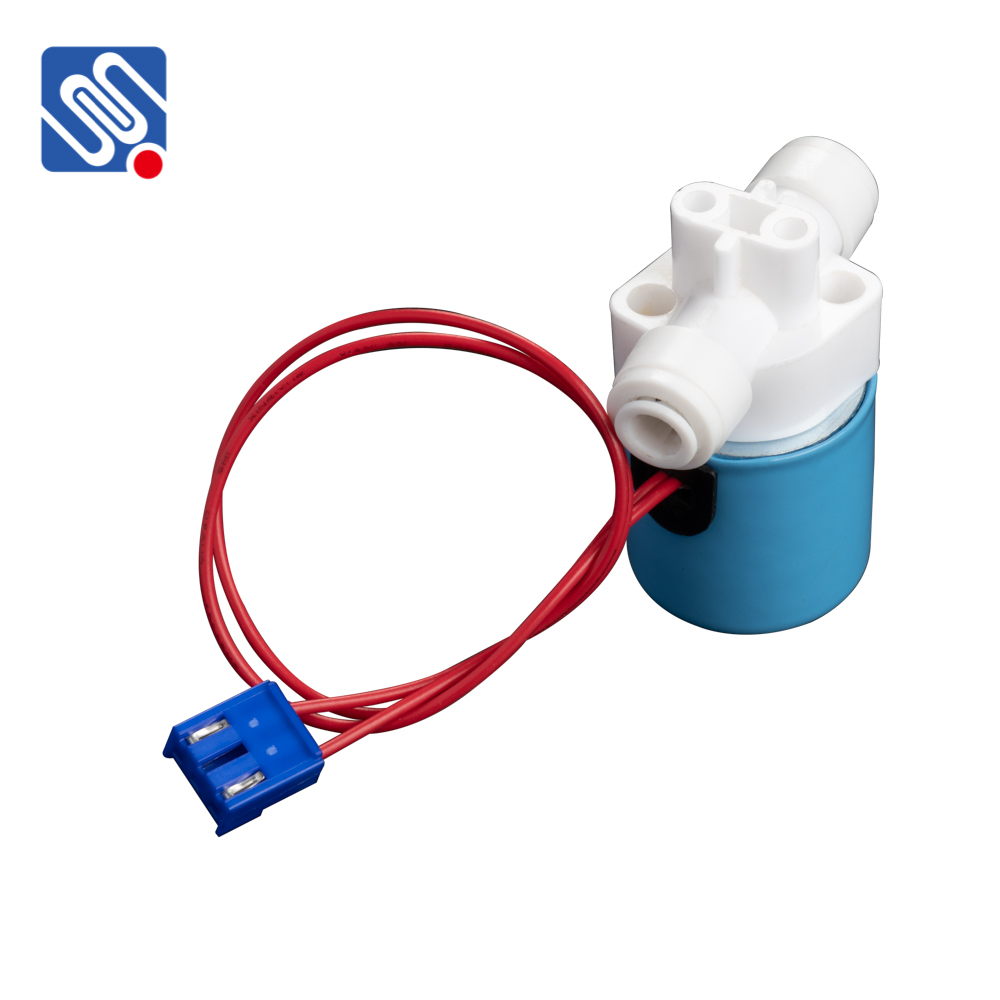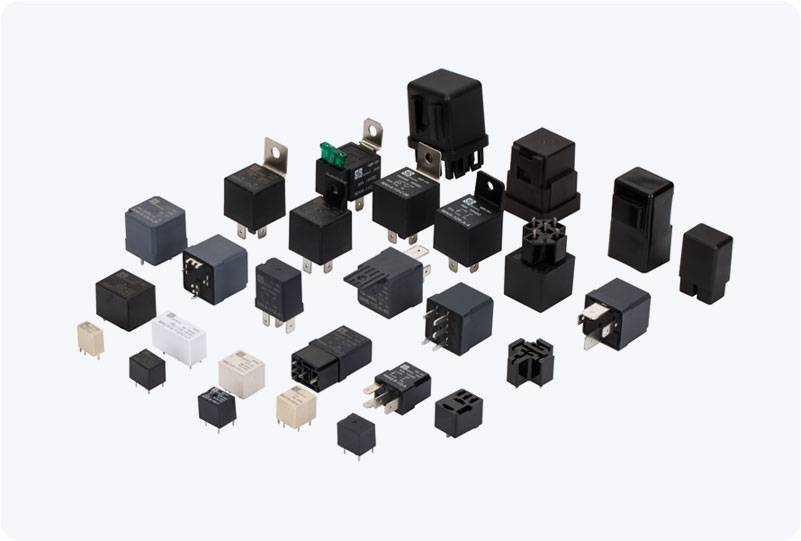Lockout Hasps are crucial safety tools used to prevent accidental machinery start-ups during maintenance and repair activities. These devices allow multiple workers to lock out equipment using their own individual locks, ensuring that each person has control over their specific section of the machinery or energy source. This Lockout Hasps installation guide will walk you through the essential steps and best practices for correctly using and installing Lockout Hasps to enhance workplace safety.
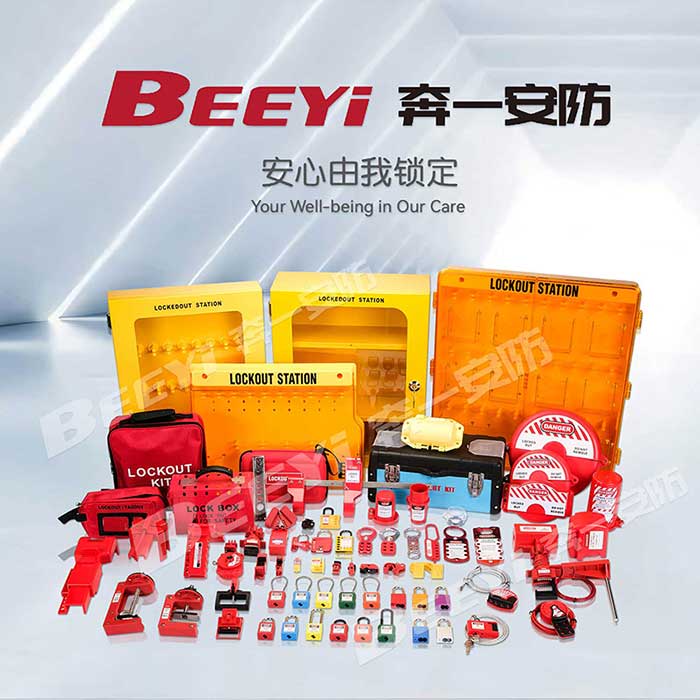
What are Lockout Hasps? Lockout Hasps are a type of safety device commonly used in industrial environments. They are designed to secure energy-isolating devices, such as switches or valves, in the “off” position during maintenance work. They provide a physical means of preventing the unintentional activation of equipment by allowing multiple workers to each attach their own lock to a single hasp. This prevents any worker from unlocking the device until all workers have removed their locks, ensuring that no one is exposed to hazardous conditions during maintenance. Why is Lockout Tagout Important?
